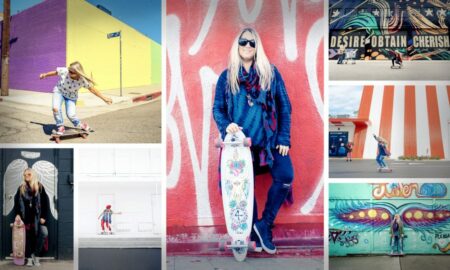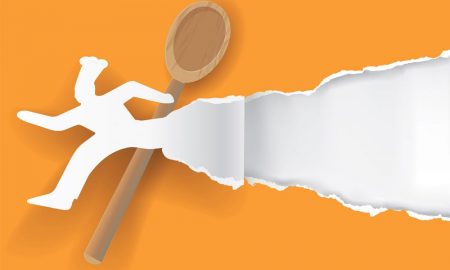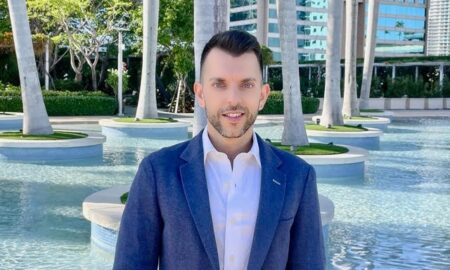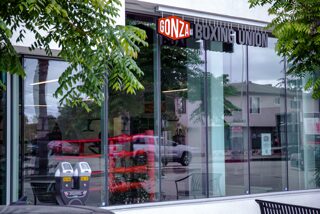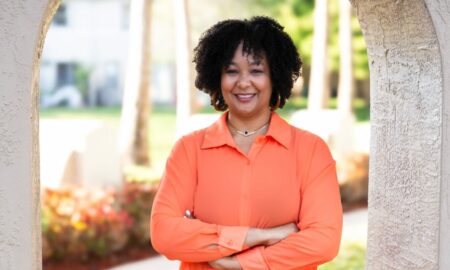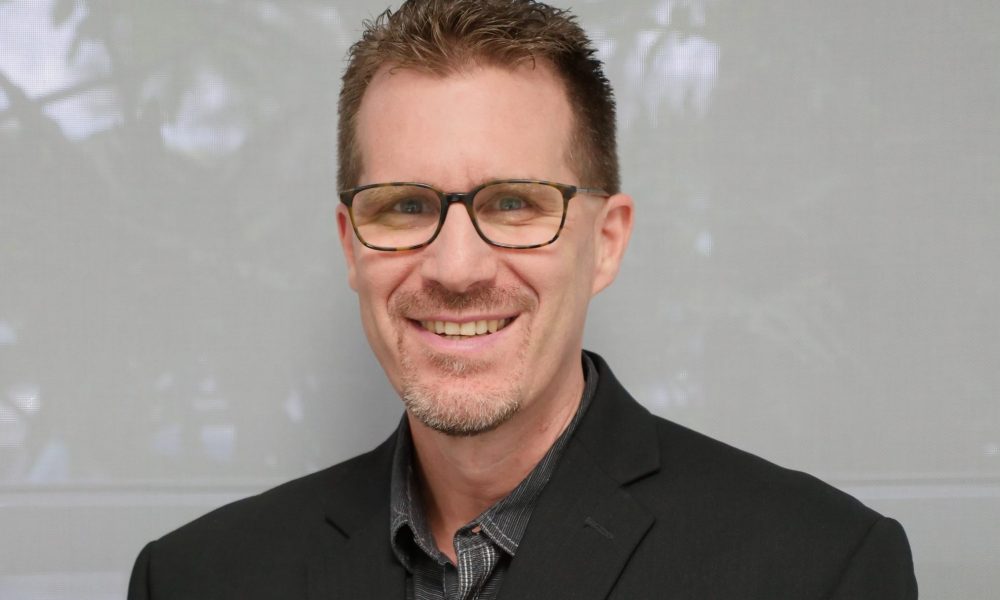

Today we’d like to introduce you to Marc Ramer.
Marc, can you briefly walk us through your story – how you started and how you got to where you are today.
Ulcerative Colitis, a form of Inflammatory Bowel Disease, runs in my family. My dad and son both had to have their colons removed after not responding to any medications. I went to see my son (13 yr old at the time of his surgery) post-op. He looked like a truck had run over him after his 6.5 hr colon removal surgery. I thought “Marc, you’re a biomedical engineer. You’re a dad. There’s got to be a better way.” At that moment I had a flash of insight about how to possibly repair the lining of the colon, the destruction of which leads to UC’s symptoms. I ran the idea by my son’s surgeon who was cautiously supportive and offered to make introductions to prominent colleagues.
I networked my way to a Professor at the University of Pittsburgh. This man, an MD Ph.D. DVM, is arguably the world’s foremost authority on tissue engineered products. He not only loved my idea but suggested that a technology he’d spent his career developing would be the ideal way to realize its potential. We conducted an animal study and got amazingly good results. Asana Medical was on the map at that point. We raised money, conducted additional studies, formed a great team, and brought Asana to where it is today.
Has it been a smooth road?
There’s no such thing as a smooth road in any startup! Asana started with a “three men and a truck” mentality– with very limited resources, we worked relentlessly, for no money, for over two years to get Asana rolling. Along the road, there have been moments of elation, despair, and hopefulness; small and large successes; and a few struggles. But the promise that Asana’s technology holds for the world is just too promising to let it fail. It WILL change the paradigm of how UC is treated. And going forward, we can leverage this technology to other diseases as well.
So let’s switch gears a bit and go into the Asana Medical story. Tell us more about the business.
Asana Medical is an emerging life sciences company focused on the development and commercialization of innovative medical devices for gastrointestinal applications. Asana’s lead product, ExtraCellular Matrix Hydrogel (ECMH), is a hydrogel composed of extracellular matrix derived from porcine tissue. ECMH creates an environment favorable for the body to grow new tissue in place of diseased or damaged tissue. Extracellular matrix has been proven to be safe and effective in esophageal repair, hernia grafts, vaginal slings, and burn and wound dressings. Asana’s novel application of this technology will treat multiple GI diseases, including Ulcerative Colitis, Crohn’s Disease, and Rectal Mucositis.
What makes Asana special is that its core technology is already proven in multiple clinical applications. This removes much of the risk from the process. Our potential has been validated several times over. For example, our Board of Directors and Medical Advisory Board include luminary names in their field, men, and women willing to align with us because they believe in what we’re doing.
We also are quite proud of having placed among the Finalists in the inaugural 43North Business Plan competition. Asana placed among the top 11 companies in a field of nearly 7,000 applicants. We won $250,000 and received international acclaim for the award.
How do you think the industry will change over the next decade?
Medical devices are increasingly shifting toward custom devices. The advent of sophisticated imaging and 3D printing facilitates the manufacturing of implants specific to the individual patient. For example, custom knee replacements or stent grafts (cloth-covered metal tubes, used to bypass aneurysms) are now available from several companies.
But closer to what Asana is doing, there’s a trend toward creating medical devices in combination with drugs or biologic elements to better leverage the strength of various technologies to improved patient care. Asana’s technology is special in that it creates a scaffold to help the body heal itself. It does more than simply treat symptoms (like the drugs used to treat UC), replace a damaged body part (like an artificial knee), or bypass the problem (like a stent graft).
Contact Info:
- Address: 6135 NW 167 Street, Suite E15
Miami Lakes, FL 33015 - Website: www.asanamedical.com
- Phone: (844) 43-ASANA (844-432-7262)
- Email: info@asanamedical.com
- Facebook: https://www.facebook.com/pages/Asana-Medical/458302477641115?ref=br_tf
- Twitter: https://twitter.com/asanamedical
- Other: https://www.linkedin.com/company/asana-medical-inc-?trk=top_nav_home





Getting in touch: VoyageMIA is built on recommendations from the community; it’s how we uncover hidden gems, so if you know someone who deserves recognition please let us know here.


